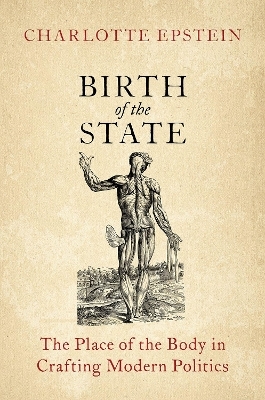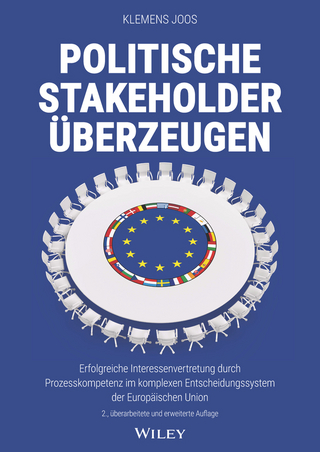
Birth of the State
The Place of the Body in Crafting Modern Politics
Seiten
2021
Oxford University Press Inc (Verlag)
978-0-19-091763-0 (ISBN)
Oxford University Press Inc (Verlag)
978-0-19-091763-0 (ISBN)
This book uses the body to peel back the layers of time and taken-for-granted ideas about the two defining political forms of modernity, the state and the subject of rights. It traces, under the lens of the body, how the state and the subject mutually constituted each other all the way down, by going all the way back, to their original crafting in the seventeenth century. It considers two revolutions. The first, scientific, threw humanity out of the centre of the universe, and transformed the very meanings of matter, space, and the body; while the second, legal and political, re-established humans as the centre-point of the framework of modern rights.
The book analyses the fundamental rights to security, liberty, and property respectively as the initial knots where the state-subject relation was first sealed. It develops three arguments, that the body served to naturalise security; to individualise liberty; and to privatise property. Covering a wide range of materials--from early modern Dutch painting, to the canon of English political thought, the Anglo-Scottish legal struggles of naturalization, and medical and religious practices--it shows both how the body has operated as history's great naturaliser, and how it can be mobilised instead as a critical tool that lays bare the deeply racialised and gendered constructions that made the state and the subject of rights. The book returns to the origins of constructivist and constitutive theorising to reclaim their radical and critical potential.
The book analyses the fundamental rights to security, liberty, and property respectively as the initial knots where the state-subject relation was first sealed. It develops three arguments, that the body served to naturalise security; to individualise liberty; and to privatise property. Covering a wide range of materials--from early modern Dutch painting, to the canon of English political thought, the Anglo-Scottish legal struggles of naturalization, and medical and religious practices--it shows both how the body has operated as history's great naturaliser, and how it can be mobilised instead as a critical tool that lays bare the deeply racialised and gendered constructions that made the state and the subject of rights. The book returns to the origins of constructivist and constitutive theorising to reclaim their radical and critical potential.
Charlotte Epstein is Associate Professor of International Relations at the University of Sydney.
Acknowledgements
A Note on References
Chapter 1: Introduction
I. Security
Chapter 2: The Corporeal Ontology of Modern Security
Chapter 3: Denaturalising Security
II. Liberty
Chapter 4: From Liberties to Liberty: Crafting Territory and the Law with the Body
Chapter 5: Externalising and Internalising Liberty via Discipline
III. Property
Chapter 6: Privatising Property
Chapter 7: The Public Anatomy Lesson
Chapter 8: Conclusion
Bibliography
| Erscheinungsdatum | 15.01.2021 |
|---|---|
| Verlagsort | New York |
| Sprache | englisch |
| Maße | 236 x 155 mm |
| Gewicht | 499 g |
| Themenwelt | Sozialwissenschaften ► Politik / Verwaltung ► Europäische / Internationale Politik |
| Sozialwissenschaften ► Politik / Verwaltung ► Politische Theorie | |
| ISBN-10 | 0-19-091763-6 / 0190917636 |
| ISBN-13 | 978-0-19-091763-0 / 9780190917630 |
| Zustand | Neuware |
| Informationen gemäß Produktsicherheitsverordnung (GPSR) | |
| Haben Sie eine Frage zum Produkt? |
Mehr entdecken
aus dem Bereich
aus dem Bereich
Studienbuch
Buch | Hardcover (2023)
De Gruyter Oldenbourg (Verlag)
44,95 €
Amerikas Strategie der Vorherrschaft und der Kampf um Eurasien
Buch | Softcover (2024)
NOMEN Verlag
20,00 €
erfolgreiche Interessenvertretung durch Prozesskompetenz im komplexen …
Buch | Hardcover (2023)
Wiley-VCH (Verlag)
42,00 €


